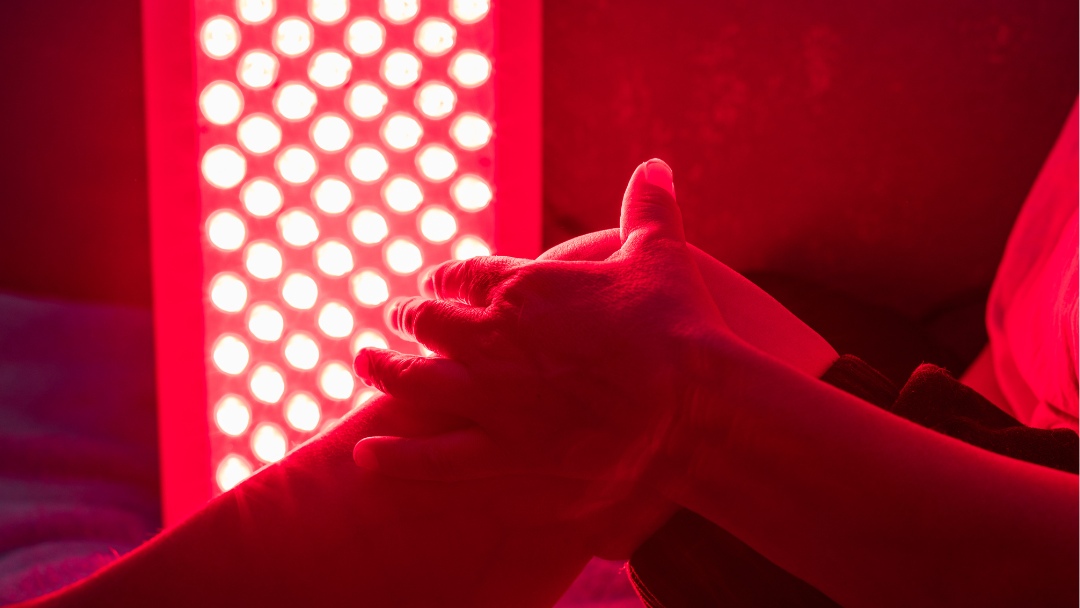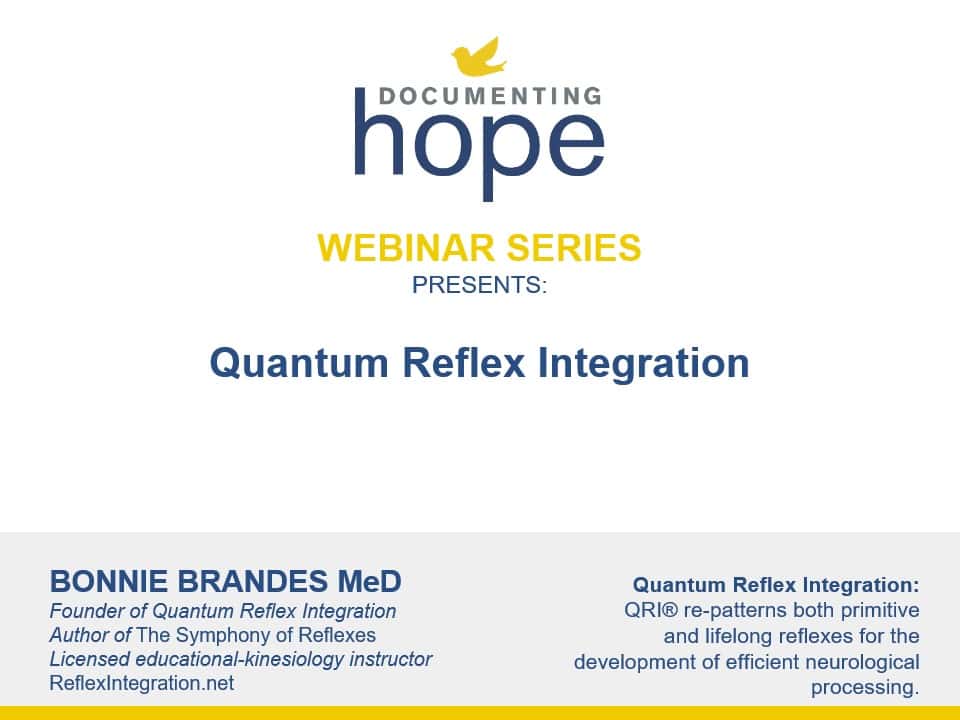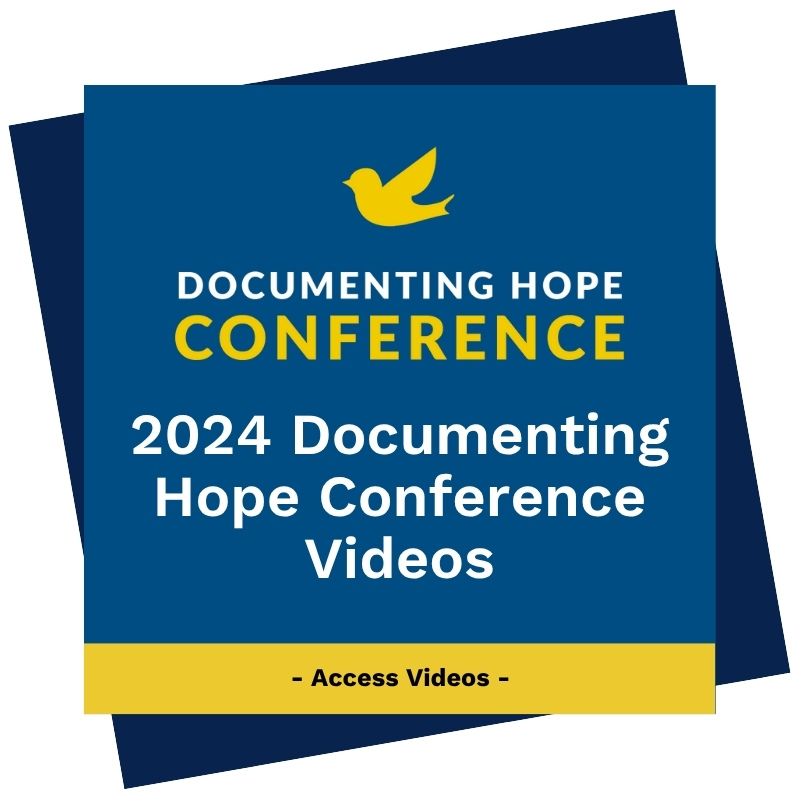What Is Photobiomodulation?
Photobiomodulation, often referred to as PBM, is an emerging therapeutic intervention that uses specific wavelengths of light to stimulate cellular function and promote healing in targeted tissues. According to the latest scientific literature (see Sources & References, below), it can lower pain and inflammation while enhancing stem-cell proliferation, tissue repair, brain connectivity and mitochondrial function. PBM is an umbrella term that includes both laser and non-laser light sources, with the key factor being the wavelength and dose of light rather than the specific source type.
The North American Association for Photobiomodulation Therapy (NAALT) defines PBM as a form of light therapy that uses non-ionizing forms of light sources, including lasers, LEDs, and broad-band light in the visible and infrared spectrum.
The healing mechanism of photobiomodulation lies in how specific wavelengths of light can manipulate cellular processes. For example, the 405 nanometer (violet) wavelength is highlighted for its unique impact on neuronal stabilizing pathways and inhibitory neurotransmission within the brain. PBM has been shown to advance the brain’s resilience and ability to regulate itself by influencing cells’ energy production, inflammatory responses, and overall network connectivity.
Low-Level Laser Therapy (LLLT)
LLLT is a form of photobiomodulation that works by emitting laser light over targeted brain areas to encourage improved brain activity and functional development. The aim is not to “cure” a condition but to provide a safe, effective, and non-invasive intervention that can help improve function. In the context of neurological conditions such as autism spectrum disorder (ASD), photobiomodulation typically involves precise transcranial (through the skull) application of laser light to key regions of the brain.
Which Conditions Can Photobiomodulation Help?
In the medical literature (see Sources and References, below) as well as clinically, photobiomodulation has been shown to improve symptoms of:
How Can Photobiomodulation Improve Brain Connectivity?
Photobiomodulation can promote healthier communication between areas of the brain. When targeted with transcranial laser light, neurons can become better able to communicate with each other via these brain networks, and more capable of supporting high-level cognitive and behavioral functions.
Photobiomodulation and Autism
One of the key challenges in neurological conditions is the imbalance of functional connectivity in the brain. For example, the brains of children with autism often display overly connected and hyperactive with deficiencies in broader, large-scale brain network connections that are critical for speech, language, self-control, planning, attention, social skills, and more.
These types of network imbalances correspond to core autism symptoms such as difficulties with social interaction, repetitive behaviors, task switching, and impulse control. Current medical research (see Sources & References, below) indicates that photobiomodulation has resulted in marked improvements in these domains by helping to restore the overall balance of function and connectivity.
After a period of photobiomodulation therapy, children with autism can show improved social awareness, motivated behavior, communication, and reduced repetitive behaviors — all linked to improved brain network activity and connectivity.
How Can Photobiomodulation Improve Mitochondrial Dysfunction?
Mitochondria are the energy powerhouses of our body’s cells, responsible for generating adenosine triphosphate (ATP)—the energy currency that fuels all cellular processes. In children with neurodevelopmental challenges, there is growing evidence that their neurons are experiencing mitochondrial dysfunction and oxidative stress, especially in vital brain regions such as the cortex, hippocampus, and cerebellum.
Photobiomodulation has also been shown to directly supports mitochondrial health. When used as a laser-light therapy, PBM can prompt mitochondria to ramp up ATP production. This increase in cellular energy can lead to more effective gene expression, faster healing, and improved cell signaling. With improved ATP output and renewed mitochondrial function, neurons in the brains of these children can become more resilient and stable. This underpins many of the behavioral and cognitive improvements observed after PBM therapy.
How Can Photobiomodulation Improve Inflammation?
Inflammation in the brain plays a significant role in neurodevelopmental challenges. Examples of common causes of neuroinflammation are:
- Neuroimmune reactions in which the connective tissue of the brain (the support cells called glia) become hyperactive, fostering chronic inflammation and disrupting neuronal activity rather than supporting it.
- An overabundance of glutamate in the brain, known as excitotoxicty.
- A biochemical reaction to food substances such as gluten, casein, phenols, salicylates, oxalates, histamine or foods to which your child has a sensitivity or intolerance.
- A neuroimmune response to pathogens, mold and toxins that have crossed the blood-brain barrier, known as PANS/PANDAS.
Neuroinflammation can reduce the population of healthy brain cells through neuronal death, contributing to both regression and stagnation in development.
Photobiomodulation acts as an anti-inflammatory intervention. The therapy has been shown to:
- Reduce gliosis (which results from damage to the central nervous system)
- Promote the restoration of healthy neuronal environments
- Regulate the activity of immune cells in the brain
These anti-inflammatory effects help protect the brain against chronic stress, cell loss, and dysfunction. As a result, critical developmental windows may be preserved, allowing for gains in motor, speech, social functioning and other symptoms.
Precision wavelengths, such as the violet (405nm) light, are noted for boosting GABAergic (calming) neurotransmission and dampening excessive brain excitation and sensory overload. These responses collectively help calm the challenged brain, making it more receptive to learning and therapy.
Importantly, improvements from photobiomodulation appear to be cumulative—the longer and more consistently PBM is applied, the more robust and durable the benefits.
How Can Photobiomodulation Improve Gut Health?
The gut microbiome—the community of microbes living in the digestive tract—plays a major role in producing neurotransmitters such as serotonin, influencing behavior, and modulating the immune system.
Photobiomodulation can be used to directly modulate the gut, as well as the brain. Applying laser light over the gut region appears to support beneficial microbial activity, helping to rebalance the microbiome and, in turn, benefit cognitive and emotional regulation.
This dual approach—treating both the brain and the gut with targeted light—can lead to more holistic improvements in a child’s well-being, energy, attention, and mood.
Is Photobiomodulation Safe for Children?
One of the most important considerations for any pediatric intervention is safety. Photobiomodulation appears to have a strong safety profile for children (see Sources & References, below). Photobiomodulation lasers are FDA-approved for home use and are the same power and specifications as those used in professional clinics. As far as we are aware, no significant adverse effects have been reported to the FDA.
Parents and practitioners need to receive proper training and individualized therapy plans to maximize effectiveness and minimize any risk of inappropriate use. As with any intervention, professional oversight and tailored application are important for safe and successful outcomes.
What Are Potential Risks of Photobiomodulation?
A cautious and evidence-informed approach is always warranted. Parents should consider the following factors when choosing PBM devices and practitioners:
Quality and power matter: Not all devices are equal. High-quality, FDA-approved lasers with specified power and wavelengths are required to achieve meaningful results; inexpensive LEDs or unregulated devices are unlikely to be effective and may pose unknown risks.
Professional supervision is necessary: Not all practitioners are equal. The therapy must be tailored to the individual—wrong settings, poor placement, or insufficient instruction could reduce efficacy or cause unintended consequences.
PBM is not a miracle cure: This is not a “cure” for chronic health and neurodevelopmental conditions but a supportive therapy to enhance function and quality of life.
Need for integration: As with other therapies, photobiomodulation is likely most effective when combined with other therapies and supports such as nutritional changes, stress reduction and neurodevelopmental therapies.
Conclusion
Photobiomodulation is an evidence-based and safe therapy with the potential to make a profound difference for children with chronic health and neurodevelopmental challenges. By addressing key neurological and metabolic factors—such as brain connectivity, mitochondrial function, inflammation, and gut health—and doing so in a way that is non-invasive and well-tolerated, PBM offers a new intervention for healing.
About Maria Rickert Hong CHHC
Maria Rickert Hong is a Co-Founder of, and the Education and Media Director for, Documenting Hope.
She is a former sell-side Wall Street equity research analyst who covered the oil services sector at Salomon Smith Barney and Lehman Brothers under Institutional Investor #1 ranked analysts.
Later, she covered the gaming, lodging & leisure sector at Jefferies & Co. and Calyon Securities. She quit working on Wall Street when her first son was born.

Prior to working on Wall Street, she was a marketing specialist for Halliburton in New Orleans, where she also received her MBA in Finance & Strategy from Tulane University.
She is the author of the bestselling book Almost Autism: Recovering Children from Sensory Processing Disorder and the co-author of Brain Under Attack: A Resource for Parents and Caregivers of Children with PANS, PANDAS, and Autoimmune Encephalitis. She is a co-author of Reversal of Autism Symptoms among Dizygotic Twins through a Personalized Lifestyle and Environmental Modification Approach: A Case Report and Review of the Literature, J. Pers. Med. 2024, 14(6), 641.
Maria is also a Certified Holistic Health Counselor. Her work can be found on DocumentingHope.com, Healing.DocumentingHope.com, Conference.DocumentingHope.com and MariaRickertHong.com
About Heather Tallman Ruhm MD
Heather Tallman Ruhm MD is the Medical Director of the Documenting Hope Project. She is a Board Certified Family Physician whose primary focus is whole-person health and patient education. She draws on her conventional western training along with insights and skills from functional, integrative, bioregulatory and energy medicine. She believes in the healing capacities of the human frame and supports the power of self-regulation to help her patients recover and access vitality.

Still Looking for Answers?
Visit the Documenting Hope Practitioner Directory to find a practitioner near you.
Join us inside our online membership community for parents, Healing Together, where you’ll find even more healing resources, expert guidance, and a community to support you every step of your child’s healing journey.
Sources & References
Anders, J.J., et al. Low-level light/laser therapy versus photobiomodulation therapy. Photomed Laser Surg. 2015 Apr;33(4):183-4.
Bicknell, B., et al. Neurodegenerative and Neurodevelopmental Diseases and the Gut-Brain Axis: The Potential of Therapeutic Targeting of the Microbiome. Int J Mol Sci. 2023 May 31;24(11):9577.
Ceranoglu, T.A., et al. Dr. Joseph Biederman's Enduring Legacy: Illuminating the Path to Addressing Autistic Traits in Attention Deficit Hyperactivity Disorder With Transcranial Photobiomodulation. J Atten Disord. 2024 Mar;28(5):664-668.
Ceranoglu, T.A., et al. Transcranial Photobiomodulation in Adults with High-Functioning Autism Spectrum Disorder: Positive Findings from a Proof-of-Concept Study. Photobiomodul Photomed Laser Surg. 2022 Jan;40(1):4-12.
Coelho, D.R.A., et al. Transcranial photobiomodulation for neurodevelopmental disorders: a narrative review. Photochem Photobiol Sci. 2024 Aug;23(8):1609-1623.
da Silva Neto Trajano, L.A., et al. Does photobiomodulation alter mitochondrial dynamics? Photochem Photobiol. 2025 Jan-Feb;101(1):21-37.
Dompe, C., et al. Photobiomodulation-Underlying Mechanism and Clinical Applications. J Clin Med. 2020 Jun 3;9(6):1724.
Fradkin, Y., et al. Transcranial photobiomodulation for reducing symptoms of autism spectrum disorder and modulating brain electrophysiology in children aged 2-7: an open label study. Front Child Adolesc Psychiatry. 2025 Jan 29:4:1477839.
Hamblin, H.R. Could Photobiomodulation Treat Autism Spectrum Disorder? Photobiomodul Photomed Laser Surg. 2022 Jun;40(6):367-369.
Hamilton, C., et al. Lights on for Autism: Exploring Photobiomodulation as an Effective Therapeutic Option. Neurol Int. 2022 Oct 27;14(4):884-893.
Lai, Q.J., et al. Repetitive Transcranial Photobiomodulation Improves Working Memory and Attention in Adults with ADHD: A 4-Week Follow-Up Study. Photobiomodul Photomed Laser Surg. 2025 May;43(5):190-197.
Lin, L., et al. Effectiveness and safety of low-level laser therapy in diabetic peripheral neuropathy: a protocol for a systematic review and meta-analysis. Syst Rev. 2021 Apr 2;10(1):96.
López-Rodríguez, S., et al. Noninvasive Brain Stimulation for Neurodevelopmental Disorders: A Systematic Review. J Neuropsychiatry Clin Neurosci. 2025 Fall;37(4):297-312.
Powner, M.B., et al. Light stimulation of mitochondria reduces blood glucose levels. J Biophotonics. 2024 May;17(5):e202300521.
Powner, M.B., et al. Systemic glucose levels are modulated by specific wavelengths in the solar light spectrum that shift mitochondrial metabolism. PLoS One. 2022 Nov 3;17(11):e0276937.
Wang, K., et al. Photobiomodulation for diabetes and its complications: a review of general presentation, mechanisms and efficacy. Ann Med. 2024 Dec;56(1):2433684.
Zafari, J., et al. Photobiomodulation therapy: a promising treatment for insulin resistance in type 2 diabetes. In Vitro Cell Dev Biol Anim. 2025 Jun;61(6):703-711.






